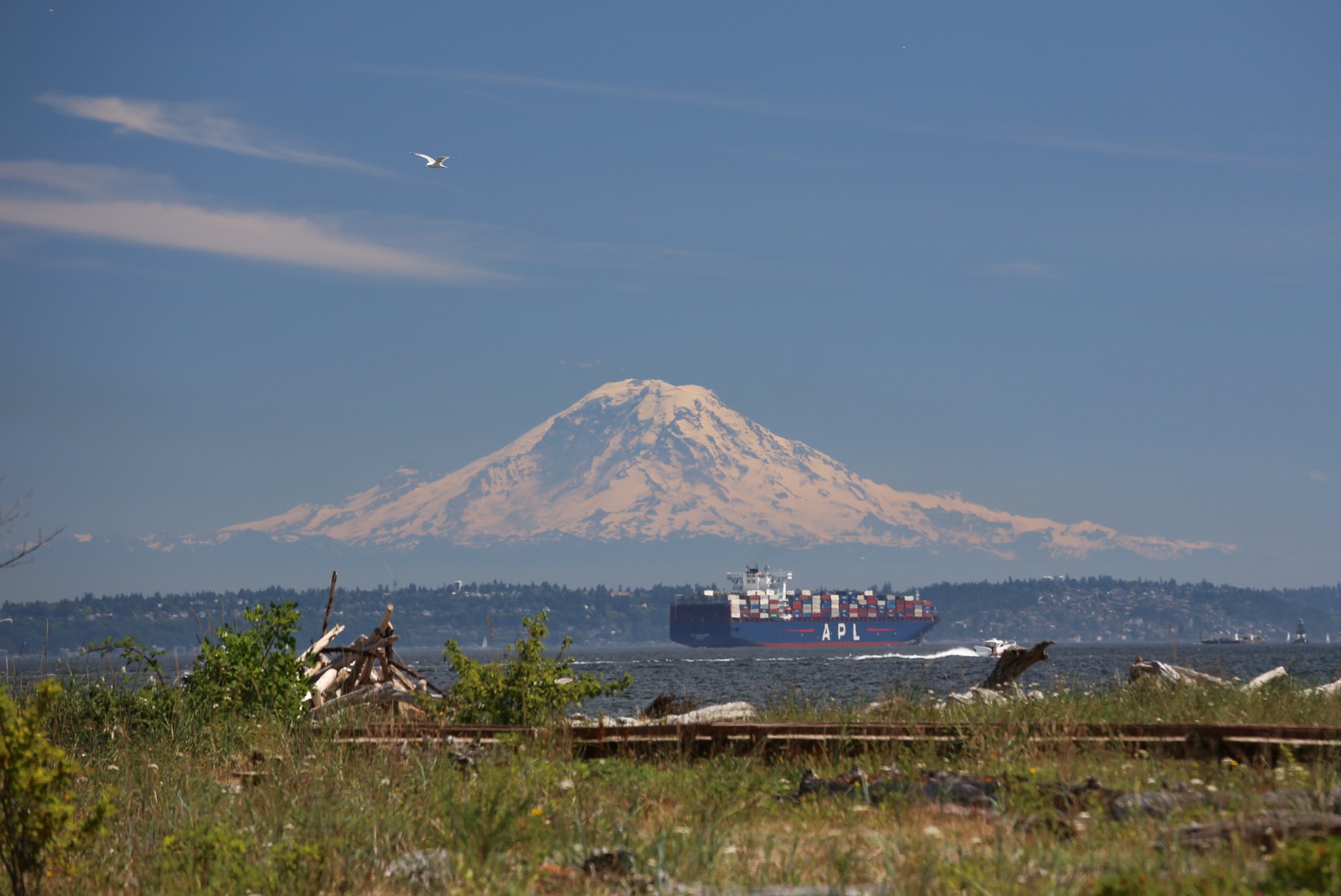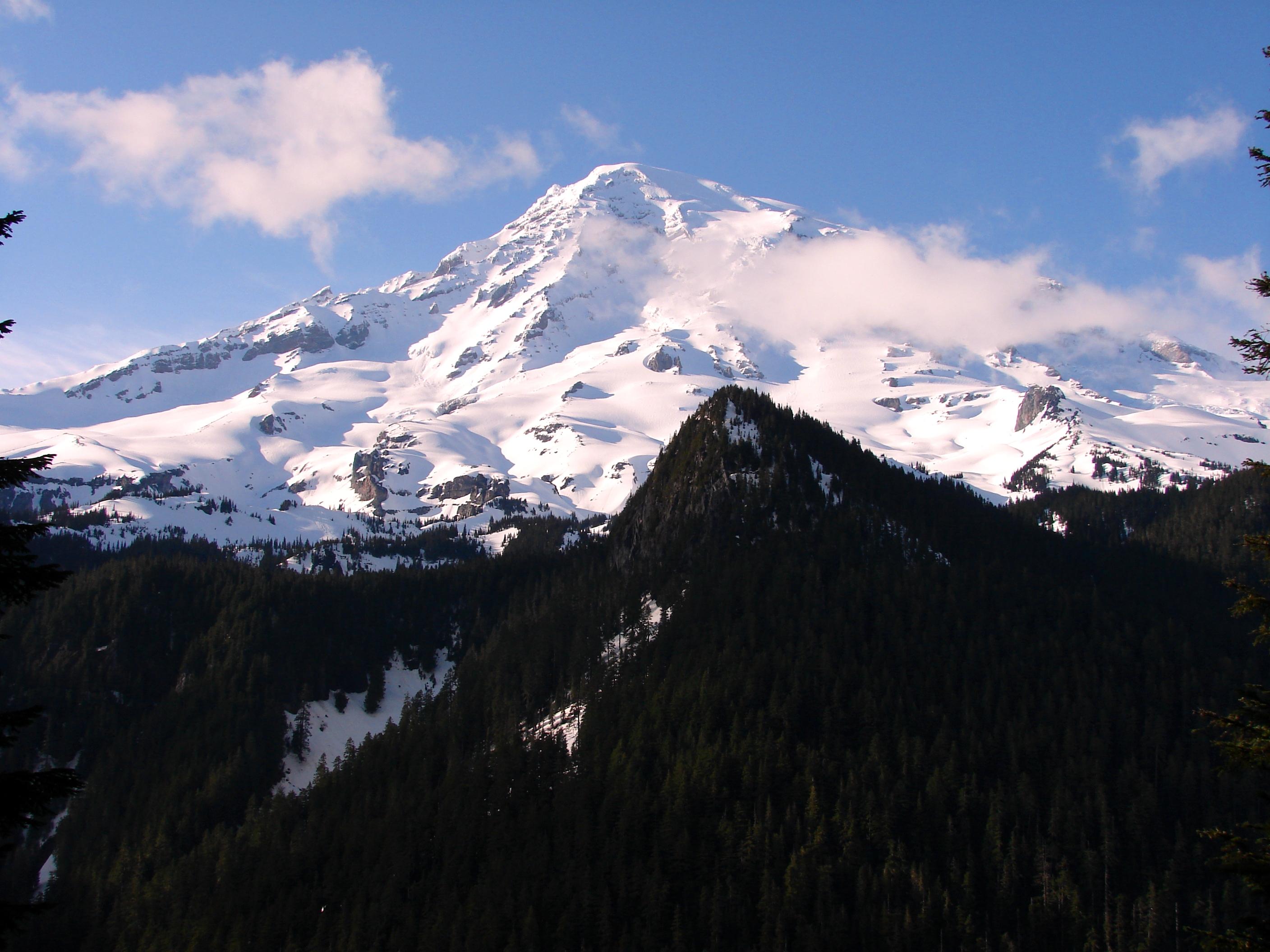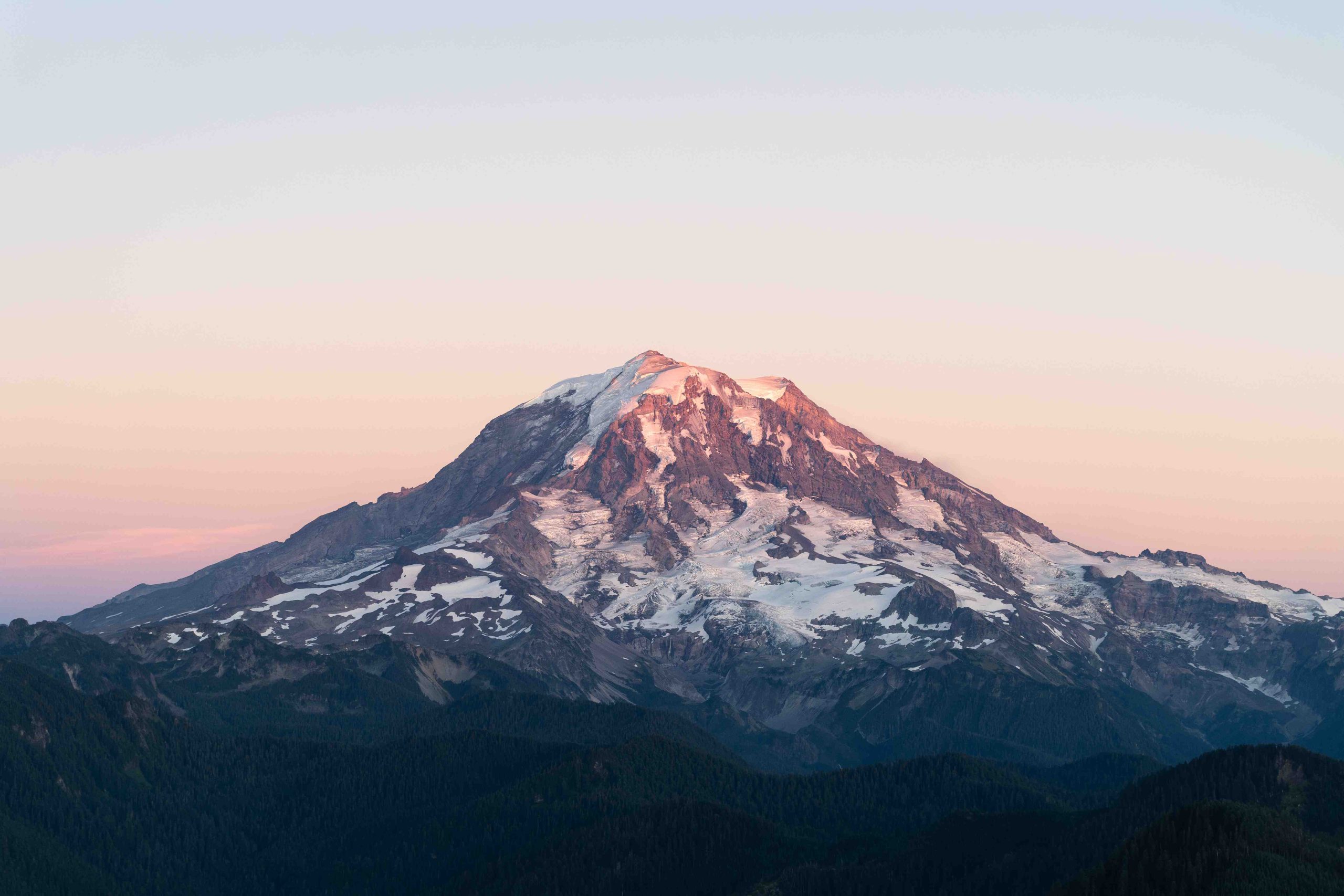Mount Rainier on a cloudy day presents a unique and challenging experience for visitors. The iconic peak, often shrouded in mist, offers a different perspective from its clear-day grandeur. Cloudy conditions bring reduced visibility, potential precipitation, and cooler temperatures, affecting hiking, photography, and overall enjoyment of the park. This guide provides essential information for navigating Mount Rainier’s cloudy environment, ensuring a safe and memorable visit.
What Are the Current Weather Conditions on Mount Rainier?

Mount Rainier’s weather is notoriously changeable, especially on cloudy days. Current forecasts indicate:
-
Cloud Cover
: Mostly cloudy with periods of snow showers.
-
Precipitation
: High chance of snow showers throughout the week.
-
Temperature
: Ranges from highs near 29°F (-2°C) to lows around 14°F (-10°C).
These conditions create a dynamic and challenging environment for visitors. The cloud cover not only affects visibility but also contributes to the overall atmospheric conditions on the mountain.
How Does Cloud Cover Affect Visibility on Mount Rainier?

Cloud cover significantly impacts visibility on Mount Rainier, creating unique challenges and opportunities:
-
Reduced Visibility
: Clouds can limit sight distances, obscuring trails and landmarks.
-
Dynamic Scenery
: Shifting clouds create ever-changing views of the mountain.
-
Photography Challenges
: Cloudy conditions require specific techniques for capturing the mountain’s beauty.
Visibility can vary greatly depending on elevation and time of day. Lower elevations may experience better visibility, while higher areas might be completely engulfed in clouds.
What Are the Best Photography Tips for Cloudy Days on Mount Rainier?
Capturing Mount Rainier’s beauty on a cloudy day requires specific techniques:
-
Camera Settings
:
-
Use lower ISO (100-400) to minimize noise
-
Adjust exposure compensation for softer light
-
Consider using a polarizing filter to reduce glare
-
Optimal Locations
:
-
Paradise Valley
-
Sunrise area
-
Sheltered spots near trees or rock formations
-
Best Times for Shooting
:
-
Early morning
-
Late afternoon
-
During breaks in cloud cover
Remember, cloudy conditions can create dramatic and moody scenes, offering unique photographic opportunities not available on clear days.
What Challenges Do Hikers Face on Cloudy Days at Mount Rainier?
Hiking Mount Rainier on a cloudy day presents several challenges:
-
Trail Conditions
:
-
Slippery and icy paths, especially at higher elevations
-
Reduced visibility affecting navigation
-
Potential for sudden weather changes
-
Safety Concerns
:
-
Increased risk of getting lost due to poor visibility
-
Higher chance of hypothermia in wet and cold conditions
-
Potential for avalanches in snow-covered areas
-
Physical Demands
:
-
More energy required to navigate in challenging conditions
-
Need for extra caution and slower pace
Hikers must be well-prepared and vigilant when tackling Mount Rainier’s trails in cloudy weather.
What Safety Tips Should Hikers Follow on Cloudy Days?
To ensure a safe hiking experience on Mount Rainier during cloudy conditions, follow these essential tips:
-
Pre-hike Preparation
:
-
Check the latest weather forecast and trail conditions
-
Inform someone of your itinerary and expected return time
-
Study the trail map and familiarize yourself with the route
-
Navigation Tools
:
-
Carry a physical map and compass
-
Bring a GPS device with extra batteries
-
Download offline maps on your smartphone
-
Emergency Gear
:
-
Pack a first aid kit
-
Bring emergency shelter (e.g., emergency blanket or bivy sack)
-
Carry a whistle for signaling in case of emergency
-
Communication
:
-
Bring a fully charged cell phone (though reception may be limited)
-
Consider carrying a satellite communication device
-
Weather Awareness
:
-
Be prepared to turn back if conditions worsen
-
Watch for signs of approaching storms
By following these safety tips, hikers can significantly reduce risks associated with cloudy conditions on Mount Rainier.
What Gear Is Recommended for Hiking Mount Rainier on Cloudy Days?
Proper gear is crucial for a safe and comfortable experience on Mount Rainier during cloudy weather. Here’s a comprehensive list of recommended items:
|
Category |
Items |
|---|---|
|
Clothing |
– Waterproof and breathable jacket and pants – Insulating layers (fleece, down) – Moisture-wicking base layers – Warm hat and gloves – Extra socks |
|
Footwear |
– Sturdy, waterproof hiking boots – Gaiters to keep snow out of boots – Crampons for icy conditions |
|
Navigation |
– Topographic map – Compass – GPS device – Headlamp or flashlight with extra batteries |
|
Safety |
– First aid kit – Emergency shelter – Whistle – Fire starter – Multi-tool |
|
Hydration & Nutrition |
– Water bottles or hydration system – Water purification method – High-energy snacks and meals |
|
Other |
– Trekking poles for stability – Sun protection (even on cloudy days) – Camera with weather protection |
Remember, the key is to be prepared for rapidly changing weather conditions and potential emergencies.
How Do Estimated Hiking Times Change on Cloudy Days?
Hiking times on Mount Rainier can be significantly affected by cloudy conditions:
-
Increased Duration
:
-
Expect hikes to take 25-50% longer than usual
-
Reduced visibility slows navigation and pace
-
More frequent stops may be necessary for orientation
-
Factors Affecting Time
:
-
Trail difficulty
-
Weather severity
-
Hiker experience level
-
Examples of Extended Times
:
-
A 4-hour clear-day hike might take 5-6 hours in cloudy conditions
-
All-day hikes may need to be reconsidered or started earlier
It’s crucial to start hikes early, allowing ample time to return before dark, and to be flexible with plans based on conditions.
What Are the Unique Experiences of Mount Rainier on a Cloudy Day?
Despite the challenges, Mount Rainier on a cloudy day offers unique experiences:
-
Atmospheric Beauty
:
-
Misty landscapes create a mystical ambiance
-
Cloud formations around the peak can be spectacular
-
Wildlife Opportunities
:
-
Some animals are more active in cooler, cloudy weather
-
Fewer visitors may increase chances of wildlife sightings
-
Photography
:
-
Soft, diffused light can enhance certain types of photos
-
Dramatic cloud formations offer unique compositional elements
-
Solitude
:
-
Fewer visitors on cloudy days can provide a more peaceful experience
-
Opportunity for quiet reflection and connection with nature
-
Diverse Ecosystems
:
-
Cloudy conditions highlight the lush, temperate rainforest environments
-
Waterfalls and streams are often more dramatic after rain
While clear days offer panoramic views, cloudy days on Mount Rainier provide a different, equally valuable perspective on this majestic landscape.
Mount Rainier on a cloudy day presents both challenges and unique opportunities. By understanding the weather conditions, preparing adequately, and embracing the distinctive atmosphere, visitors can have a safe and memorable experience. Whether hiking, photographing, or simply absorbing the misty beauty, Mount Rainier’s cloudy days offer a chance to see this iconic peak in a new light.
References

